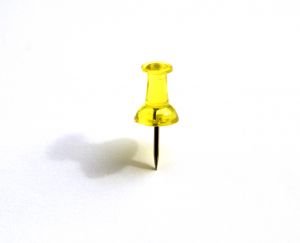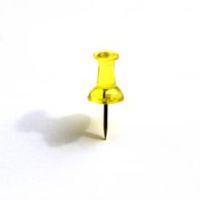It has been a while since I have written a post regarding digital cameras. Since that time I have been learning more about digital cameras, especially on apertures and shutter speeds. While I am enjoying the learning process the one element that I have also been focusing on is taking tack-sharp photos.
For the most part, I usually hand hold my cameras when taking pictures. It is easier to move around chasing my boys while hand-holding the camera than keeping it on a tripod. At the same time, I have also started to look into taking photos of still life, and eventually want to look into landscape photography. During my experimenting I have learned about some points that will help make sure I take tack-sharp photos.
How to Get Sharp Photos

Below are a list of points that you can use to ensure you photos always come out their sharpest.
- Use a tripod.
- This is probably the most common tip when trying to get your photos the sharpest. Hand-holding your camera can easily affect the sharpness because your camera can move when you take the picture, especially if you use a slow shutter speed. If you want a sharp photo, you should always use a tripod.
- Use a remote cable shutter release or self-timer.
- In addition to use a tripod, you should also invest in a remote cable that you can use to control your shutter. This cable simple connects to your camera, and contains a button that controls the shutter, much like the one on your camera. This means that you can take the picture without physically handling the camera. You can also use a wireless shutter release for even more flexibility. If you don’t have a remote release, you can always set the self-timer on your camera and then stand back until it takes the picture.
- Switch to a smaller aperture.
- While opening up your aperture to say f2.8 will allow you to increase the shutter speeds, it also provides a shallow depth of field. This means only a small area around the focus will be sharp, while all other areas in the photo will be blurred. This is great for singling out an object, but if you want sharpness throughout the photo, decrease your aperture to f22. Of course, this will mean your shutter speed will be much slower, but you are using a tripod, right?
- Reduce the ISO setting.
- A higher ISO allows you to use faster shutter speeds in low light. As you increase the ISO, the less light you need, however, you also develop more noise in your image. The noise is coloured pixels that are visible when you zoom in on the photo. If you print large photos, the noise may be noticeable. This can also have an effect on sharpness as well, especially if the camera uses a strong noise reduction algorithm. You should reduce the ISO to the lowest setting if you want to make you images the sharpest then can be.
- Disable the image stabilizer.
- This is one tip I didn’t know about until I read it in several articles. With the image stabilizer, vibration reduction, or whatever it is called with your camera, activated on your lens, it will begin to search for movement in your photo. If there is no movement, since you are making all effect to avoid the camera movement, the image stabilizer may cause slight movement in the camera as it operates. When using a tripod, you should disable the image stabilizer on your camera.
- Enable mirror lockup.
- This point are for those that want to squeeze every bit of sharpness out of their photo. When you take a digital photo on a DSLR, the mirror inside the camera flips up and out of the way. This exposes the digital image to the sensor. When the mirror flips up, it can cause a small vibration within the camera which can result in a less than sharp photo, especially with very slow shutter speeds. To avoid such a problem, DSLRs provide a setting called “mirror lockup” that will move the mirror out of the way before the taking the photo. Pressing the shutter button once will lockup the mirror, and you press the shutter button second time to take the photo.
The above list provides some good points you can use to get the most sharpness from your digital photos. If you haven’t tried some of the above options, give them a try and see if the sharpness of you photos improve. While you shouldn’t use the above settings all the time, for those moments when you are using a slow shutter speed and need all the sharpness your camera and lens can provide, the above list will help.
